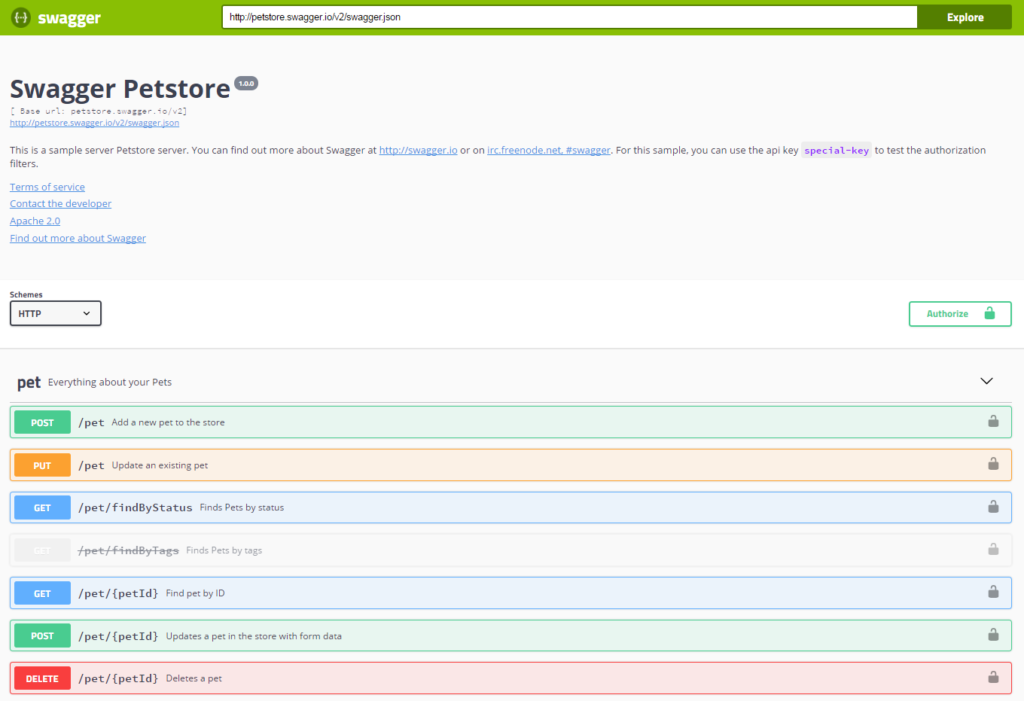We’re in the multi-platform economy, and APIs are the glue of the digital landscape. A platform is a product that can be extended by a user for the benefit of other users. Any product can become a platform by providing methods for users to add services and functionalities on top of it. APIs are enablers of the platform economy, and allow users to enhance and add services over existing products. When a product transitions into being a platform, it takes on a new type of user: the third-party developer.
Catering to the developer is tricky. They’re analytical, precise, and are trying to solve important problems with your API. They want to understand how to use your API effectively, which is where API documentation comes into the picture. In this blog post, we will explore what it means to document your API, and why it’s important to have good API documentation.
What is API Documentation?
API documentation is a technical content deliverable, containing instructions about how to effectively use and integrate with an API. It’s a concise reference manual containing all the information required to work with the API, with details about the functions, classes, return types, arguments and more, supported by tutorials and examples. API Documentation has traditionally been done using regular content creation and maintenance tools and text editors.
API description formats like the OpenAPI/Swagger Specification have automated the documentation process, making it easier for teams to generate and maintain them.  The third-party developer, who is your API’s main consumer, is busy solving complex programming challenges.
The third-party developer, who is your API’s main consumer, is busy solving complex programming challenges.
Your API is a means to an end for the technical user, and they want to integrate as quickly as possible to move forward in their software development, meaning they should immediately understand the value and usage of your API. The aggregate experience of the developer when discovering, learning to use, and finally integrating with an API is termed as Developer Experience (DX). API documentation is the key to a great DX.
Why Document APIs?
Among all the phases in the API lifecycle, documentation is probably the area showing the most growth. This is especially true with the tooling ecosystem around documentation. It’s interesting to note this trends, since documentation is traditionally something that developers paid little attention to when launching code.
In fact, it’s much easier to implement code, than is it to write good documentation. But this is because of its direct impact on adoption and usage. You can have the best, functional product, but no one will use it if they don’t know how to. Documentation is the foundation for good Developer Experience.
Improved User Adoption
Adoption patterns are already shifting towards developers in the technology sphere. One big reason for having good API documentation is that it improves the experience for developers using your API, which has a direct correlation on API adoption. People adopt products they enjoy using, and the same holds true with your API. If you get your documentation right, more people will find value in your services easily, leading to better growth and adoption.
Increased Awareness
Users beget users. The network effect is the phenomenon when a service or product becomes more valuable when more people use it. Your satisfied consumers will be the API’s biggest advocates. As more users adopt your APIs and reach critical mass, there will be a probable increase in evangelism and word-of-mouth publicity by your satisfied consumers, leading to the network effect. Like we say at SmartBear, visible APIs get reused, not reinvented.
Think about your own experiences - we always raise awareness of great products we’ve used, and developers are the same. If they can easily and quickly learn to use your APIs, they’ll be your biggest proponents.
Saves Support Time and Costs
In addition to driving increased awareness and adoption for your API, good documentation also decreases the amount of time spent onboarding new users, be it internal developers or external partners.
Poor or no documentation means more frustrated users relying on your team to understand how to work with your API. On the contrast, when you give users the ability to try out the API before implementing it, and arm them with detailed documentation to get started, you’ll save your team countless hours responding to support emails and calls.
Easier Maintenance
And finally, documentation leads to good product maintenance. It helps your internal teams know the details of your resources, methods, and their associated requests and responses, making maintenance and updates quicker.
How to Document Your APIs
There are a number of ways to get started with documenting your APIs. It just really depends on which method of API design you've settled on. Like we said before, if you're building your API from scratch, OpenAPI and Swagger Tools have helped automate the documentation process, which makes it easier for you, or your team, to maintain and update your documentation. If you are following the "Code First" approach to API design, creating API documentation is a breeze with Swagger Inspector.
This tool is a free, cloud based API testing and documentation generation tool. Swagger Inspector allows you to take any API and generate OpenAPI documentation automatically. This is especially useful for individuals looking to standardize with the OpenAPI specification. Here's a quick tutorial on how to use Swagger Inspector to generate your documentation. Try out Swagger Inspector now!
Closing Notes
Documentation is the key to a great experience when consuming your API. It not only enables consumer satisfaction, but also allows your API adoption to increase. Popular open source description formats like OpenAPI Specification and commercial platforms like SwaggerHub allow teams to automate the documentation process and work on a great overall experience consuming APIs.
Thanks for reading! Looking for more API resources? Subscribe to the Swagger newsletter. Receive a monthly email with our best API articles, trainings, tutorials, and more. Subscribe